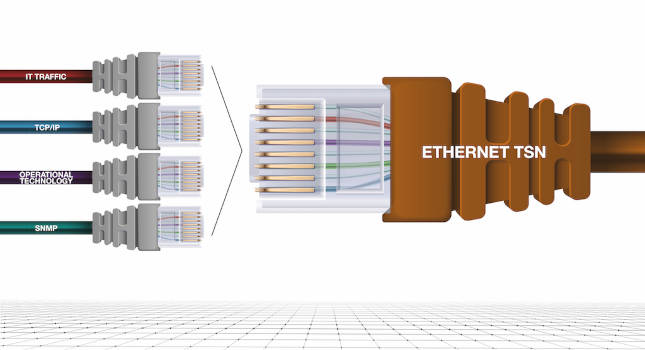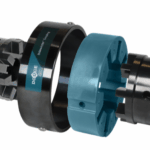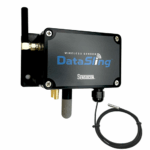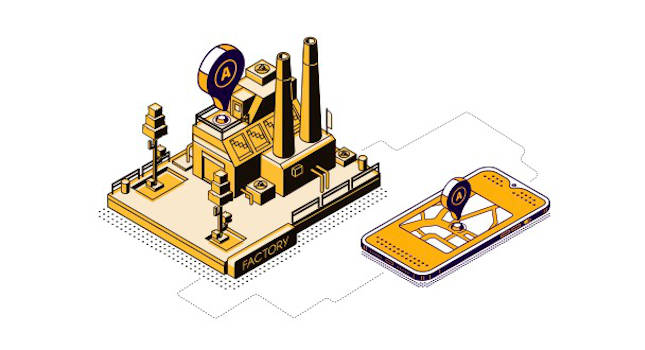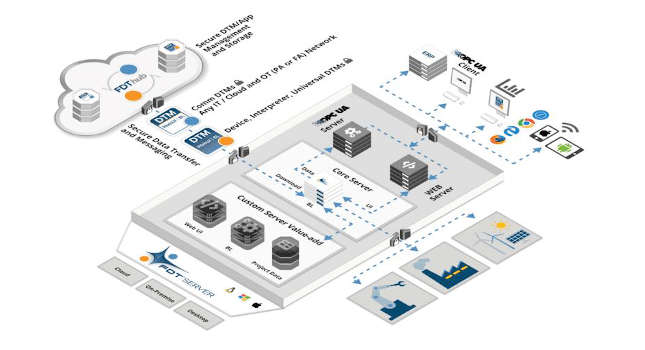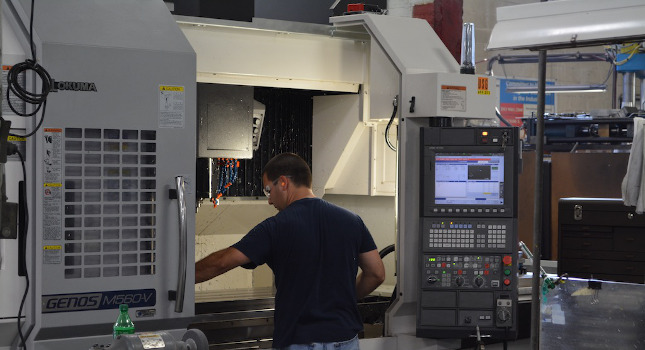Mobility
Mobility broadly refers to non-stationary hardware, software and wireless networking technologies designed to enable remote monitoring, control, access or training for industrial applications. Mobile engineering applications for smartphones and tablets (mobile devices) are collections of usable algorithms or code, usually sold for a fee, but sometimes free, that are used in portable computing devices to help in the use of scientific principles to design, build, integrate, monitor, modify and/or operate machines, structures, processes, devices, products and/or systems.
